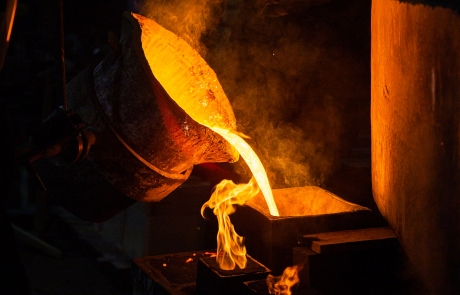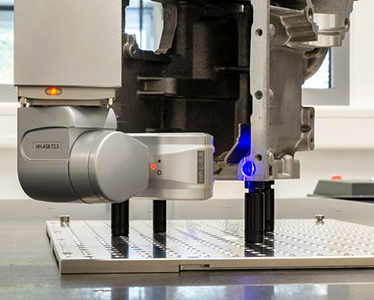closed-die forging Mould Design & What is drop forging?
2023-10-27
Mould design is very improtant and the first step of the closed-die forging process is to create a mould so Maple machinery attach great importance to mould. A mould allows us to forge the hot metal into a particular shape which has been specified by the client. We can create various parts out of a variety of different metals in a range of shapes and sizes.
Designing and creating a mould is undertaken using the following steps:
3D Design
Using CAD (Computer aided design) we produce a 3D drawing from either our customers drawing or a sample they supply us. This process is a lot quicker than manual drawings and allows us to move quickly into producing the 3D plastic model.
3D Plastic Model
After confirming the 3D design, we produce a 3D plastic model. This provides the customer with an exact replica of their finished product but in plastic. This helps confirm we are on the same page with the customer and reduces errors and wasted time.
Cut Dies and Tooling for Manufacture
Following the approval of the 3D plastic model, it’s time to push forward with the next step. This involves cutting dies and tooling for the manufacture. The mould is made of refractory ceramic metals, which maintain their shape at high temperatures. This allows us to produce many castings from a single mould.
Time estimate
Following our thorough process and depending on customer approval times. This step of the forging journey usually takes roughly 1-4 weeks.
Maple machieery have worked with some high profile brands and have a wide range of knowledge about the industry.
Drop forging definition: Drop forging is the process of heating metal and shaping it using a metal die cast to produce products. Manufacturers use this process to produce strong and durable parts for a range of industries.
Forging is one of the oldest metal working practices and it can be traced back to 8000 B.C.
Parts can be produced from various types of metal including aluminium, brass and various grades of steel.
There are two types of drop forging open-die dropped forging and closed-die dropped forging.
Open-die dropped forging
Open-die forging is the shaping of heated metal between a top die and a bottom die. After every press of the die the metal takes a new shape.
Open-die forging is usually used for large, less intricate parts.
Closed-die dropped forging
Closed-die forging is the most popular method of forging as it allows manufacturers to produce smaller and more intricate parts. These include things like seat belt buckles, climbing gear, spanners and tractor parts for harvesting.
Parts are formed by heating, pressing and hammering into metal die casts. The process is usually completed using sanding machines and specialist tools to make them smooth.
Less complex parts can be made using a single press stroke, however more often than not several strokes of different forces and impressions are required to form a part.
These strokes may include methods such as edging, blocking and finish forging to mould the shape to the correct shape.
























































